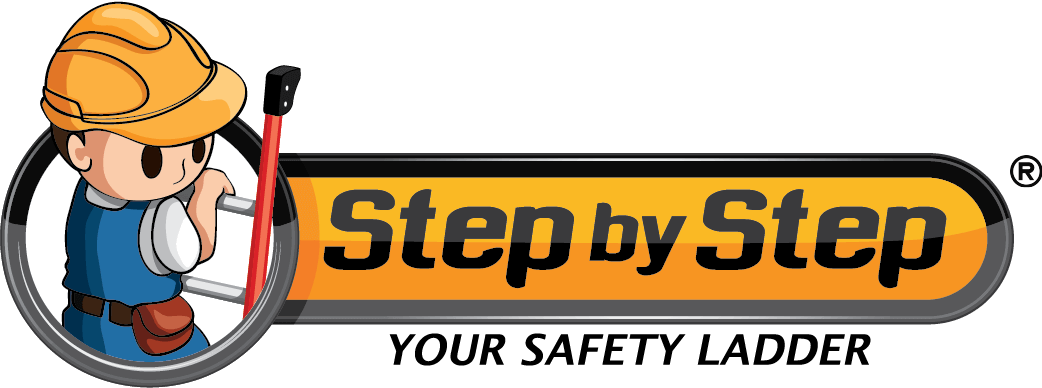
Work platforms and traditional ladders are both essential tools for working at height, but they cater to different needs and offer distinct advantages and limitations.
Understanding the differences between these two tools can help you choose the right equipment for your specific tasks and ensure safety and efficiency in the workplace.
Design and Structure
Traditional Ladders:
Structure: Traditional ladders come in various types, including step ladders, extension ladders, and multi-purpose ladders. They typically consist of two side rails connected by rungs or steps.
Portability: They are generally lightweight and portable, making them easy to move around.
Height: Ladders can reach significant heights, especially extension ladders, which can extend to access high places.
Space: They don’t take up much room, which is good for small areas.
Work Platforms:
Structure: Work platforms are flat, elevated surfaces supported by legs or a scaffold structure. They provide a broad, stable area to stand on, often with guardrails.
Portability: Smaller work platforms are portable, but larger scaffolding systems are more cumbersome and require assembly.
Height: Work platforms typically offer lower height reach compared to ladders, but they can be adjusted to different heights and are often used in conjunction with scaffolding for higher elevations.
Space: They take up more room, giving a stable base but needing more space to set up.
Safety and Stability
Traditional Ladders:
Stability: Ladders can be less stable, especially on uneven surfaces. They rely on proper angle and placement to ensure safety.
Risk of Falls: The risk of falls can be higher, particularly if the user overreaches or if the ladder is not secured properly.
Use of Hands: Climbing and working on a ladder often requires one or both hands to hold on for balance, limiting the ability to use tools effectively.
Work Platforms:
Stability: Work platforms offer superior stability with a wide base and often include non-slip surfaces and guardrails.
Risk of Falls: The risk of falls is reduced due to the stable platform and safety features such as guardrails and toe boards.
Use of Hands: Work platforms allow users to work hands-free, providing a safer and more efficient working environment for tasks that require both hands.
Functionality and Versatility
Traditional Ladders:
Versatility: Ladders are versatile and can be used for a variety of tasks, including reaching high shelves, changing light bulbs, and painting.
Quick Setup: They require minimal setup and can be quickly positioned for immediate use.
Accessibility: Ladders are suitable for tasks that require vertical access but limited horizontal movement.
Work Platforms:
Versatility: Work platforms are ideal for tasks that require more horizontal movement and space, such as detailed painting, electrical work, and construction.
Setup Time: They may require more time to set up, especially larger platforms or scaffolding systems.
Efficiency: Work platforms provide a more efficient workspace for prolonged tasks, reducing the need to frequently move the ladder.
Ergonomics and Comfort
Traditional Ladders:
Comfort: Standing on ladder rungs for extended periods can be uncomfortable and may cause fatigue.
Posture: Working on a ladder often requires awkward postures, increasing the risk of musculoskeletal injuries.
Work Platforms:
Comfort: The flat surface of a work platform provides greater comfort and reduces fatigue during prolonged use.
Posture: Work platforms allow for better ergonomics, enabling users to maintain a more natural posture and reduce strain.
Choosing between a traditional ladder and a work platform depends on the specific requirements of the task at hand. Traditional ladders offer convenience and quick access for short, vertical tasks but come with higher safety risks and limited comfort.
In contrast, work platforms provide a safer, more stable, and comfortable workspace for extended tasks, especially those requiring horizontal movement and the use of both hands. Understanding these differences will help ensure that you select the right equipment to enhance productivity and maintain safety in your work environment.
If you have any question, drop us any inquiries on “Contact Us” page and fill in the information required or you can click the “Whatsapp Icon” to reach us. Stay safe and happy climbing!









